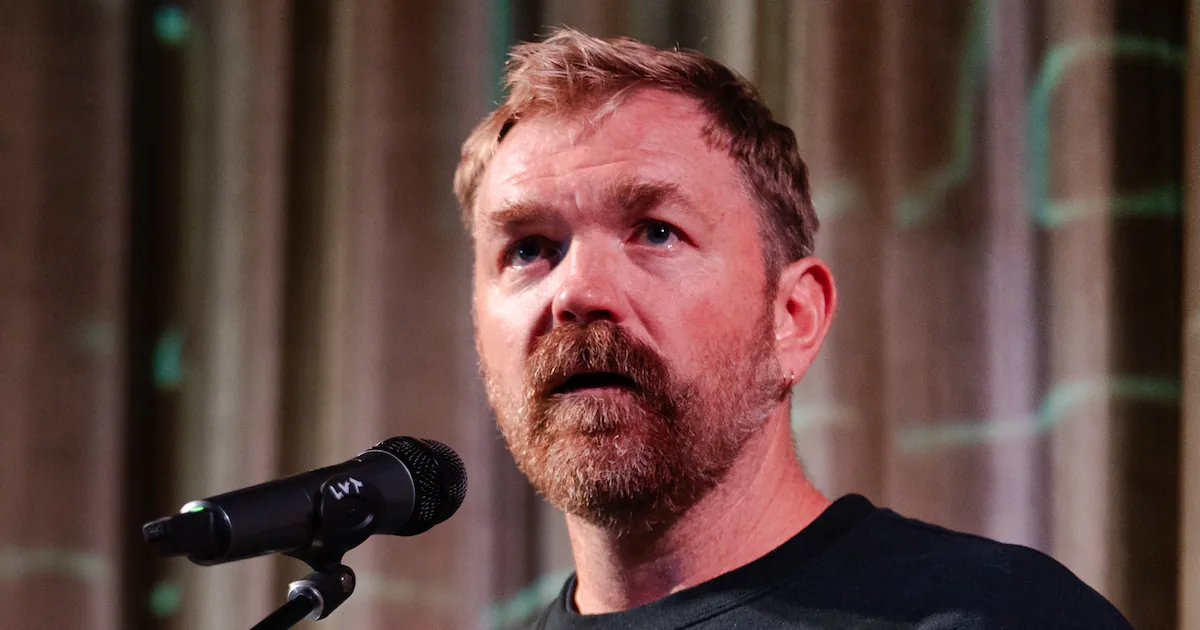Copyright forbes

In today’s hustle culture, resilience is often romanticized as grit in a power suit—sold as a heroic ability to “push through.” But what if our understanding of resilience has been missing the point? What if it’s less about bouncing back and more about building forward? Dr. Marie-Hélène Pelletier, a psychologist, executive coach, and author of The Resilience Plan: A Strategic Approach to Optimizing Your Work Performance and Mental Health, says resilience isn’t something you’re born with—it’s something you build. In our conversation, she dismantled myths about toughness and shared practical ways to plan for mental strength in the same way organizations plan for business success. Resilience Is Growth, Not Just Survival “There are actually many definitions,” Pelletier began, “but the one I’m going with—and many are—is our ability to go through adversity and come out even stronger. There’s adversity, of course, but also growth. We’re learning from the situation and growing from it.” Resilience, she emphasized, isn’t limited to crisis moments. “Often we think of it as an acute moment, and it does include that, but it also includes the chronic demands—positive ones too, the ones we wanted but that are very demanding.” Dr. Marie-Hélène Pelletier MORE FOR YOU It’s Not a Personality Trait Many professionals assume they’re resilient because they’ve weathered storms before. That, Pelletier warns, is a dangerous assumption. “It’s this idea that resilience is part of our personality,” she said. “People tell us, ‘You’re the rock of the team.’ And so you assume it’s who you are. But it isn’t. It’s not a personality trait. It’s a state—something we can, and I would argue should, influence.” The problem, she added, is that “we’re using old data to inform new reality. Your context has changed. You’re not the same age, same health, same demands. Assuming everything is the same is a misconception that’s really not helpful.” Make a Resilience Plan Pelletier compares resilience planning to strategic business planning. “When we’re launching a new product, we don’t just have a great idea and say, ‘Great, let’s launch it.’ We make a strategic plan—who’s the competition, what’s the demand, what could derail us? It’s the same with resilience.” She explained, “If all we say is, ‘Yeah, I’d like to increase my resilience,’ without a plan, it likely won’t happen. But if we ask, ‘What are my values? What demands am I facing? What are my resources?’—then we can create a customized plan that’s aligned with our situation and much more likely to be successful.” Even simple steps matter. “You’re front-loading,” she said. “You’re being proactive. You’re increasing your baseline so that when the bumps come, you’ll have an even better approach.” The Four Big Levers “What we know from the literature,” Pelletier said, “is that four variables show the most impact on individual resilience.” She listed them clearly: Exercise—“Cardio, strength training, and meditative types like yoga or tai chi.” Nutrition—“We’ve got research literally asking how colorful your plate is to assess your mood.” Sleep—“Yes, we do want seven to eight hours—and not on your phone until five minutes before bed.” Relationships—“Spending time with people we enjoy spending time with. You don’t have to put your heart on the table. Just connect.” These are simple ideas, she said, but “the challenge is making them happen given our context. That’s why a plan matters.” Self-Awareness Is Your Early Warning System Pelletier urges leaders to treat their emotional well-being the way they treat their balance sheets. “Sometimes people say, ‘I’ll just know if there’s a problem.’ They’re fine, fine, fine—until they’re at .5 of resilience left. That’s like saying, ‘I don’t need to look at financial statements—just tell me if we’re close to bankruptcy.’” Her solution is refreshingly simple: “Print a calendar. Every night, put a number from 0 to 10—how are you feeling today? It’s not scientific, but it’s internally valid because you’re the same rater every time. You’ll catch it before you’re down to zero.” Catch Unhelpful Thoughts “When people make the opposite decision of what they want,” she said, “I ask, what went through your head in that moment? Maybe it’s, ‘I’ll skip meditation, I need to answer emails.’ Then it’s about catching that thought and changing it: ‘It is important. I’ll do the emails in two minutes.’ You’re aligning thoughts with values.” Pelletier calls this “choice architecture”—designing your environment so the right choice is the easy one. “Sometimes clarity on the goal will make it happen. Sometimes we need to remove the temptation altogether.” Leaders Shape Team Resilience Pelletier believes resilience is a collective process. “It’s not an individual sport,” she said. “If nothing else, put resilience on the agenda of your next team meeting. Say, ‘This is important to me. I want us to go through adversity and come out even stronger.’ That’s enough to start.” Psychological safety, she added, is key. “If people can speak up about workload and challenges, that directly connects to resilience. And as a leader, just talk a bit more about your own efforts. Say, ‘I went for my bike ride even though it was raining because I know this week will be demanding.’ You’re giving permission and inviting others to do the same.” Resilience at Home Resilience, Pelletier said, begins long before adulthood. “As parents, we want to protect our children from adversity, but part of our role is to help them learn from it. When there’s a glass of milk on the floor, help them clean it up, deal with the consequence, and learn something from it. That’s how we build lifelong resilience.” The Next Frontier: AI Resilience Pelletier is already thinking ahead. “One of the questions that interests me greatly is: how can we be more AI-resilient? AI’s arrival is a chronic demand in our lives. Can we increase our resilience specific to AI? That’s a question we’ll all need to explore.” Resilience isn’t a badge earned after crisis. It’s a blueprint for navigating life with intention. As Pelletier reminds us, “You don’t have to wing it—you can plan for it.” In a world where burnout feels inevitable, perhaps the most courageous act isn’t pushing harder—it’s planning smarter. Editorial StandardsReprints & Permissions



